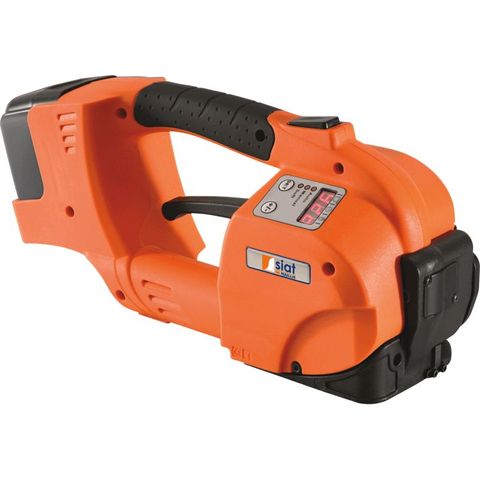Pop into Perfection: The Ultimate Guide to Bubble Wrap
Pop into Perfection: The Ultimate Guide to Bubble Wrap
Blog Article
sustainable packaging are ubiquitous in your lives, helping numerous uses from packing to storing. One can choose from various styles, styles, and skills, leading them to be adaptable tools both in personalized and commercial contexts. Here's everything you need to understand about cardboard boxes.

Background and Advancement
Cardboard, exclusively corrugated cardboard, was basically copyrighted in 1871 by Albert Jones of The Big Apple. Johnson tried it for covering containers and window lantern chimneys. The corrugated pack, as we know it today, was invented by Robert Gair, who created a machine to generate vast amounts of bins. This creativity designated the starting of volume generation and wide-spread consumption of cardboard boxes.
Varieties of Cardboard Boxes
Corrugated Cases: These are the basic most frequent type and are manufactured from corrugated paperboard, which is made up of fluted corrugated page and 1 or 2 level linerboards. Corrugated cases are known for their strength and durability, leading them to be ideal for delivery and holding hefty things.
Folding Cartons: Also known as paperboard bins, they are typically employed for lighter weight goods. These include breakfast cereal boxes, tissue bins, and packing for tiny electronics. These are usually manufactured from just one coating of paperboard.
Firm Boxes: These are generally tough and sometimes employed for higher-conclusion items like jewellery, electronic devices, and cosmetics. In contrast to corrugated and foldable cartons, inflexible bins will not fold or failure.
Production Process
The manufacturing of cardboard boxes requires a number of steps:
Pulping: Wooden french fries are separated into pulp, which can be then cleansed and highly processed.
Papers Generating: The pulp is spread out and pushed into sheets of pieces of paper.
Corrugation: For corrugated cases, pieces of paper is passed through corrugating rolls to create the fluted page. This is certainly then glued between two linerboards.
Decreasing and Shaping: The corrugated bedding or paperboards are lower and designed into containers using perish-slicing equipment.
Generating and Finish: Boxes are frequently printed with branding or merchandise details and could be protected for added toughness.
Uses and Advantages
Cardboard boxes are primarily employed for packaging and transport. Their advantages include:
Security: Cardboard supplies a defensive layer around items, safeguarding them from bodily injury during transit.
Modification: They are often easily tailored in terms of dimension, form, and style to match distinct demands.
Sustainability: Most cardboard is recyclable and made out of green sources, rendering it an eco friendly product packaging alternative.
Cost-Effective: Cardboard is fairly low-cost in comparison to other packaging supplies, rendering it an expense-effective selection for businesses.
Ecological Influence
One of several significant features of cardboard boxes could be the recyclability. Trying to recycle cardboard minimizes the demand for virgin supplies and will help help save assets. Even so, it is very important make sure that cardboard is disposed of effectively. Toxified cardboard (with foods, fats, or some other elements) cannot be recycled efficiently and may result in trash dumps.
Inventions and Styles
The cardboard box sector is continually changing. Some recent styles consist of:
Wise Packing: Including technology for example QR rules and RFID labels into cardboard boxes to supply more details concerning the item and increase the customer expertise.
Sustainable Techniques: Growing consumption of reprocessed components and adopting eco-warm and friendly manufacturing procedures.
Style Improvements: Progression of a lot more robust and light-weight designs to minimize shipping charges and ecological impact.
Conclusion
Cardboard boxes are an important part of modern logistics and packaging. Their overall flexibility, charge-usefulness, and ecological benefits make them an important tool in a variety of sectors. Since the interest in sustainable packaging will grow, the cardboard package business is likely to continue innovating, making certain these simple yet important containers continue to be relevant in the future.
Report this page